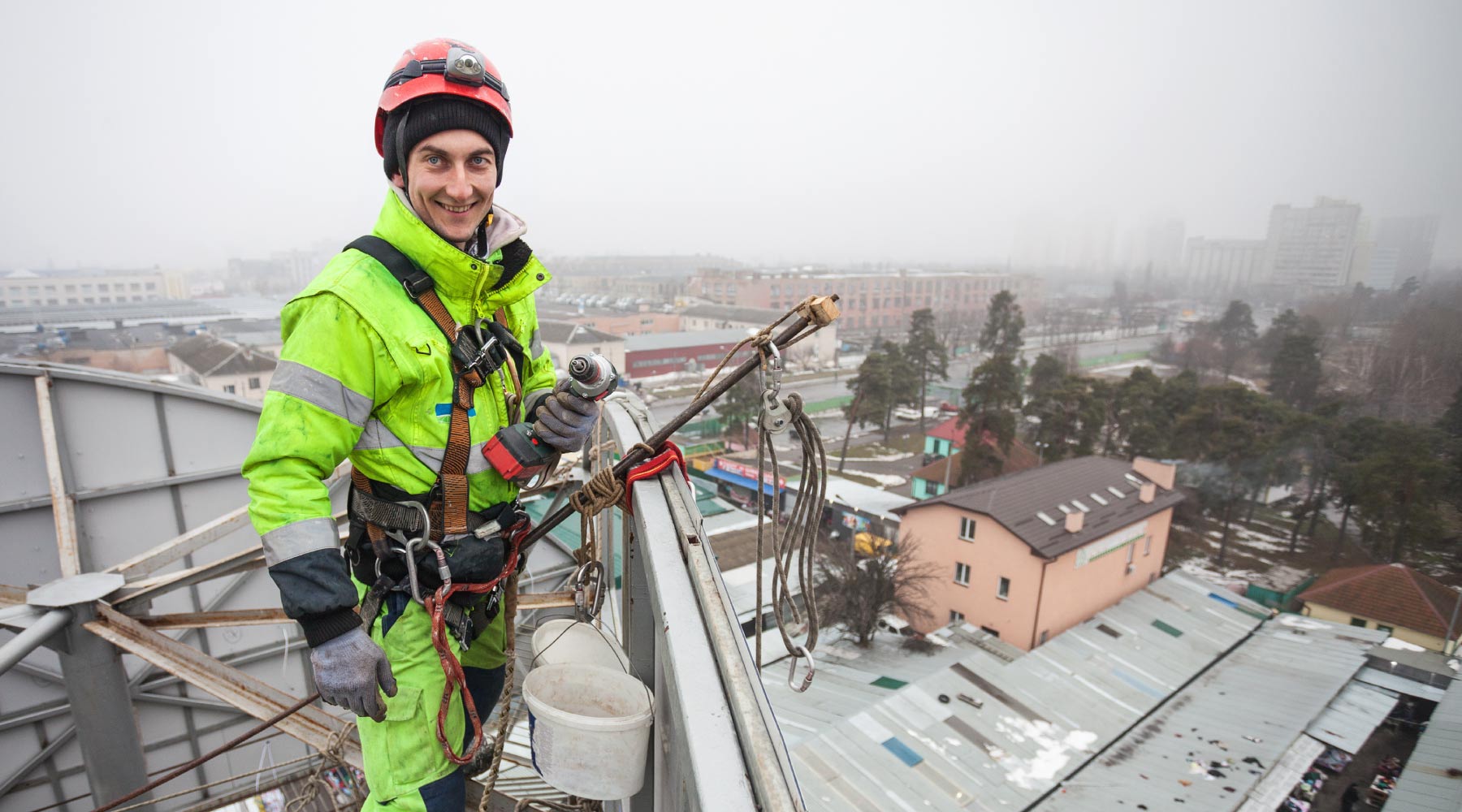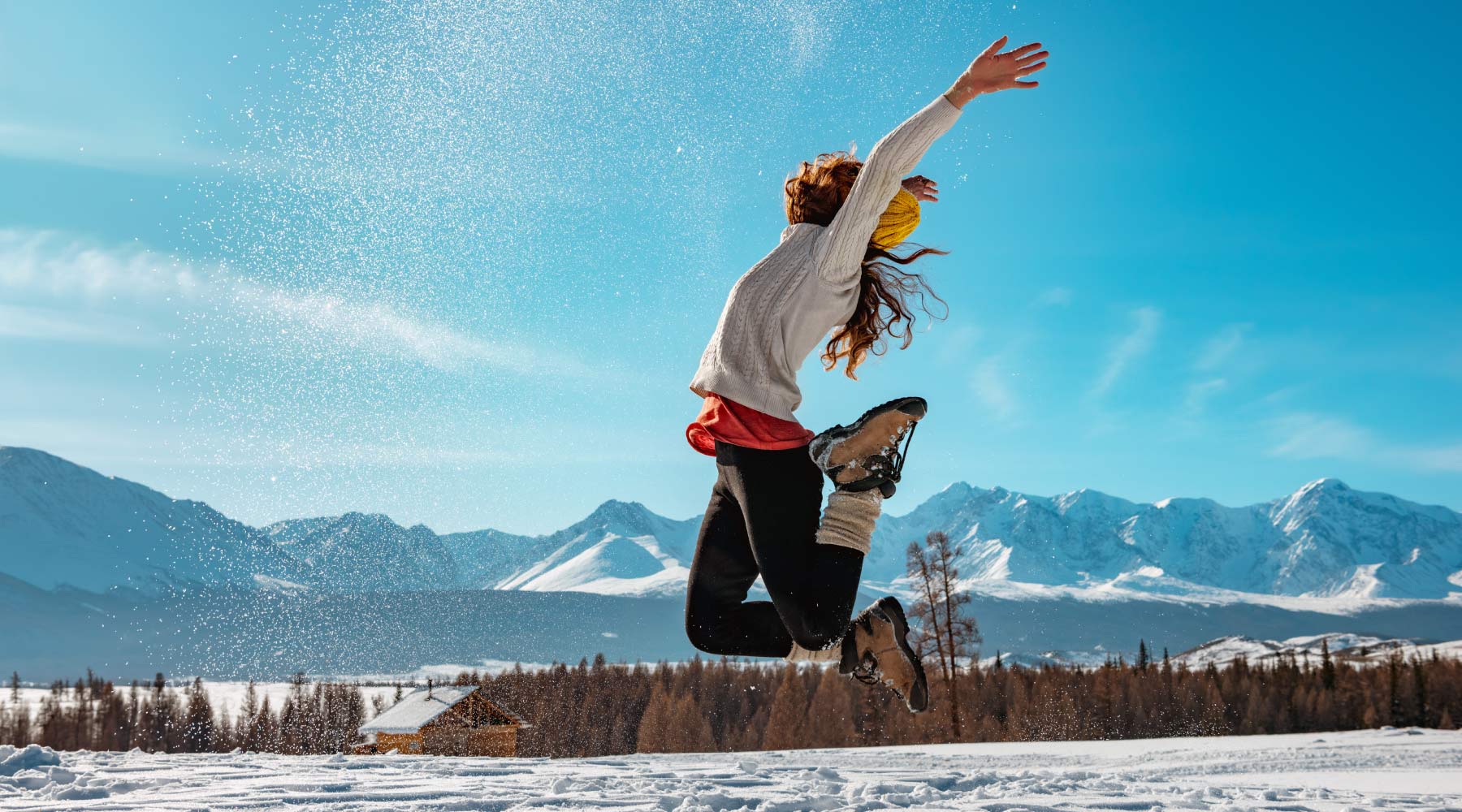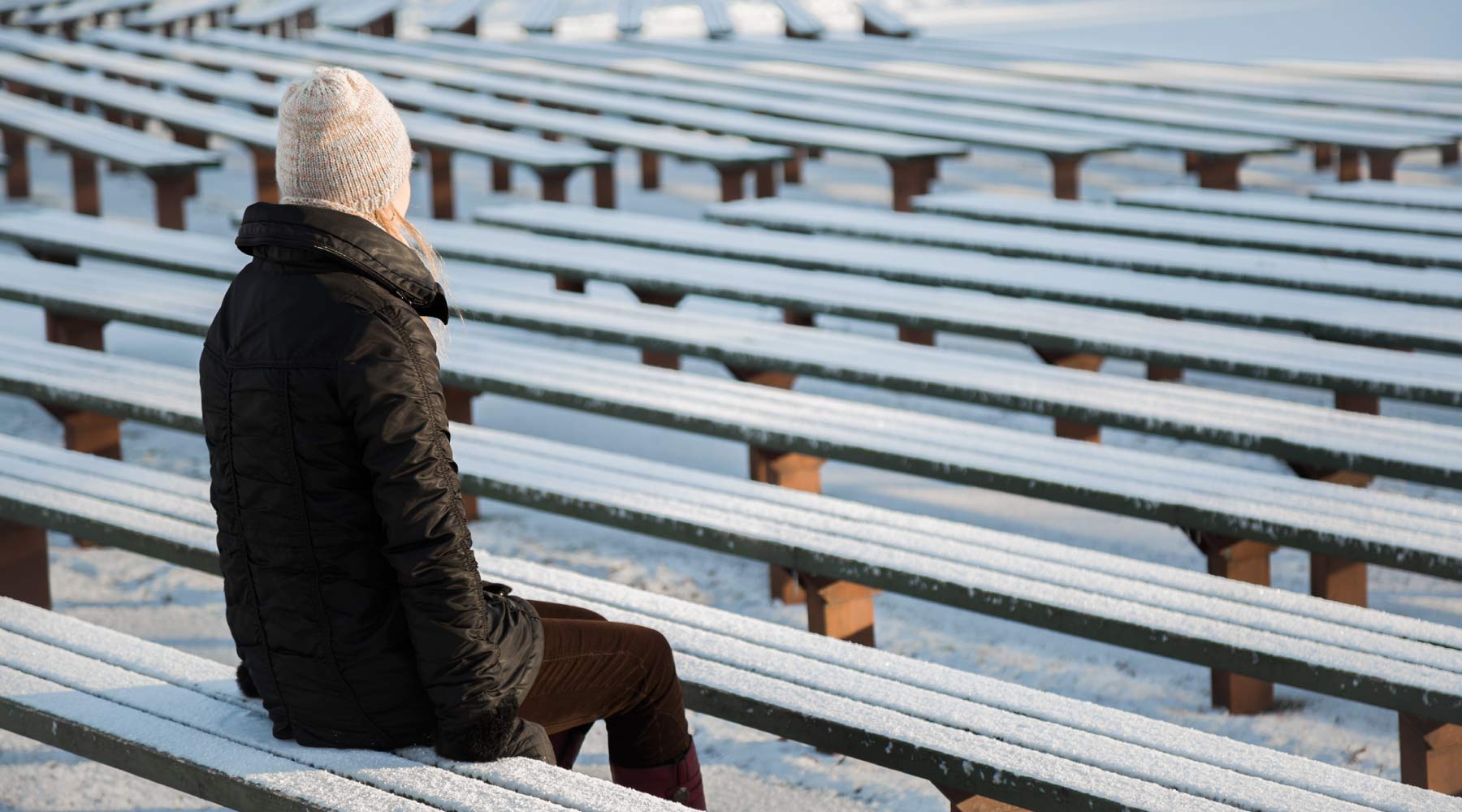Your Cart is Empty

Whether you are working in a mine, the oil fields, farming or any other type of construction during the winter, there are going to be some unique safety concerns with keeping warm.
Almost every construction company nowadays has a strict focus on safety and unfortunately most of the rules, regulations, tips and advice lack new innovations. I recently left the construction industry to work fulltime on heated apparel, and while that is my expertise it is not the main focus of this article, but it is not something that should be overlooked either.
Keeping warm keeps your body performing at its peak, which means higher productivity and less likely to be injured, so read these tips and stay safe and warm this winter.
This is going to vary depending on the job, but take a look at your work and see what you could possibly do indoors. If you have an enclosed area you can use portable heaters. This is not always going to be possible but look at your work environment and assess if it is feasible, economical or even necessary.
Sometimes it helps to bring extra layers to work, but keep in mind the work you are doing as sometimes you may need less bulk to avoid limiting your mobility. Most tasks will require some dexterity in the hands, which can drastically be affected by cold.
Tip: It is common for construction companies to provide safety gear including cold weather gear. Don't hesitate to make a recommendation to your supervisor especially if you see a safety concern.
When it gets really cold we often turn to the bulky options, with multiple layers that tend to limit mobility and can sometimes lead to more hazardous conditions.
Heated clothing is a great option to limit bulk. You can utilize less bulky clothing and activate the heat as needed. The one caveat is that it is battery operated, and no battery will last forever. Keep this is in mind and follow some of our best practices for using heated apparel to keep you safe.
Hand warmers are also a great alternative to keeping your hands warm. The downside is that when you are building something you are most likely using your hands, so holding onto a hand warmer can be unproductive.
We like to use hand warmers on breaks. Hand warmers are also great because they are relatively inexpensive, but don't forget they are only one-time use, and restocking could get spendy.
If you are working out in the cold with little to help the blistering cold it is going to be important to take breaks indoors or in a heated truck to get your body warm again.
Take your lunch break in a heated work truck or in the contruction trailer.
You body does a great job at producing heat and keeping warm blood flowing to your extremities when you are active. So keep moving when possible.
Use a canteen and pack a hot lunch, maybe some hot soup or coffee. See if you can make a microwave accessible to the crews and don’t forget you can always heat up your food the old fashion way, in the engine of your truck.
If you are interested in getting any heated clothing that is great for construction work, some of the best options are Milwaukee, and Dewalt.
The batteries provided with each jacket has its pros and cons. They use the same batteries as their power tools, and most people complain about their size. But they are very convenient when you have multiple batteries available.
Here at Anseris Heated Clothing we offer a unique spin on the same functionality as the leading brands. With the Torch Coat Heater you can install in a battery powered heater in the jacket you already have.
Comments will be approved before showing up.


